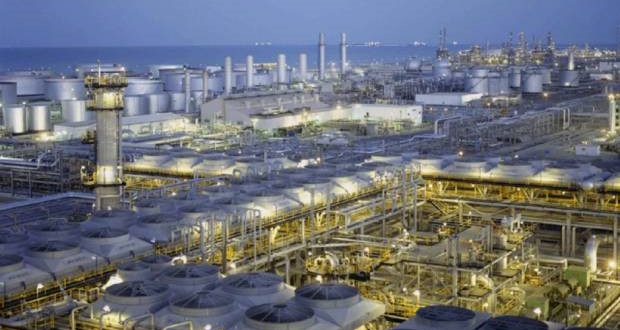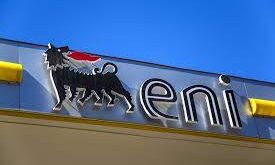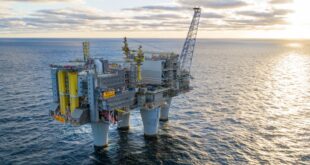Saudi Aramco is able to better withstand a slump in oil prices. judging from its 2016 financials that Reuters has seen—financials for the year in which the price of oil hit a 12-year-low and plummeted to below $30 a barrel at one point.
According to Aramco’s 2016 financials—figures that the company has never publicly disclosed but that Reuters has seen—the Saudi state oil giant booked a net income of US$13.3 billion in 2016. down by around 21 percent compared to 2015.
To compare. the world’s biggest listed oil company. ExxonMobil. saw its earnings plunge by 51 percent on the year in 2016—to US$7.8 billion.
According to industry experts quoted by Reuters. Saudi Aramco is more resilient to an oil price plunge because it has very low production costs. because most of its operations are concentrated in Saudi Arabia. and because it has fewer employees than others although it produces much more oil compared to its listed competitors. Production costs in Saudi Arabia could be as low as US$1 a barrel. compared to US$10 a barrel in Russia and up to $30 a barrel in the North Sea. for example.
In terms of cash flow. Aramco also did well. according to the 2016 financials prepared under IFRS standards and at the 85-percent tax rate at the time that Reuters has reviewed.
Aramco’s net cash flow from operations increased by 21 percent to US$29 billion in 2016. Exxon. which reported the highest cash flow among the listed competitors that year. saw its net cash flow from operations drop to US$22.1 billion from US$30.3 billion in 2015.
In April. Bloomberg reported that Aramco generated a stunning US$33.8 billion in net income for the first half of 2017—higher than the combined net incomes for H1 2017 of ALL of Big Oil’s five—Exxon. Shell. Chevron. Total. and BP.
Yet. despite all these mind-blowing figures. it looks like the much-hyped initial public offering (IPO) of the Saudi oil giant may not happen at all. with growing speculation that the listing is stalled.
 Iran Energy News Oil, Gas, Petrochemical and Energy Field Specialized Channel
Iran Energy News Oil, Gas, Petrochemical and Energy Field Specialized Channel




